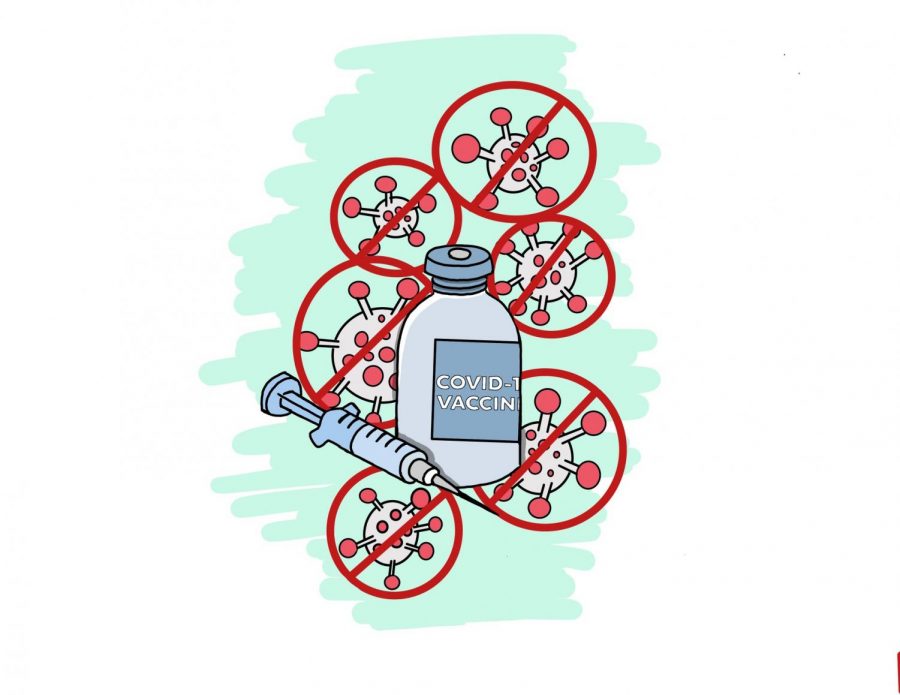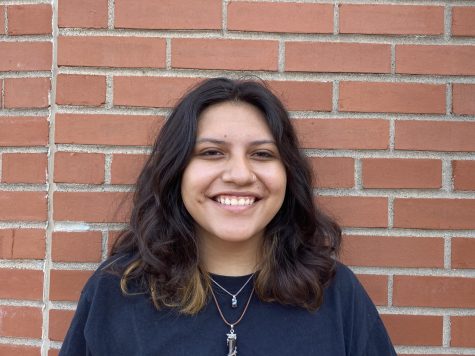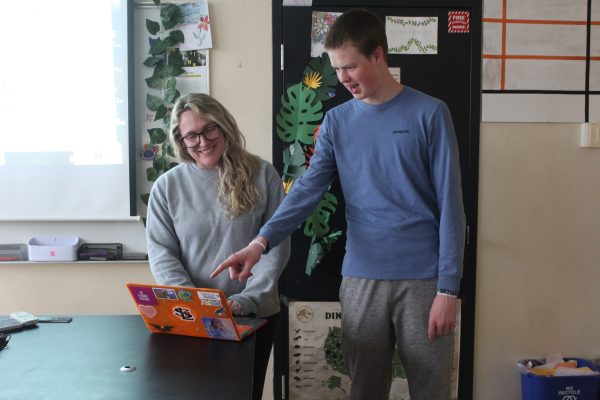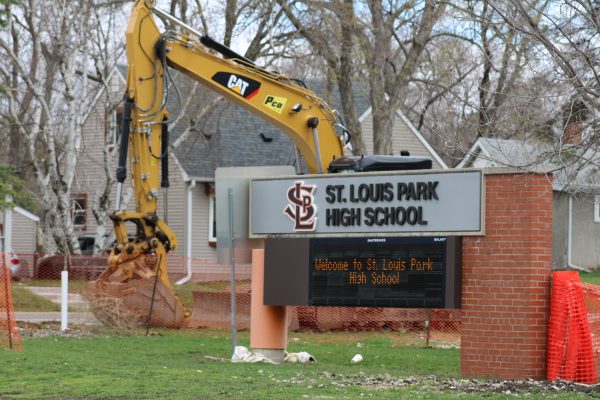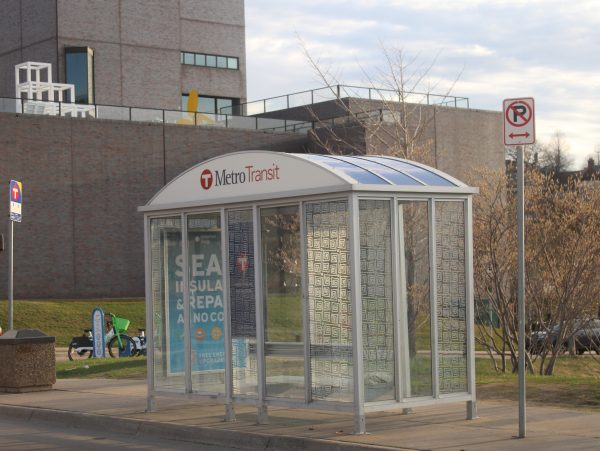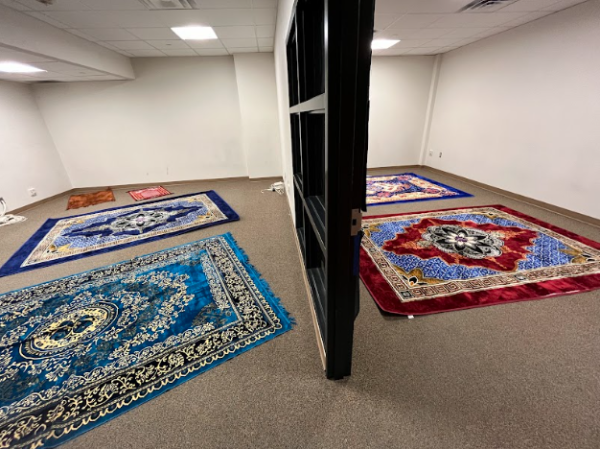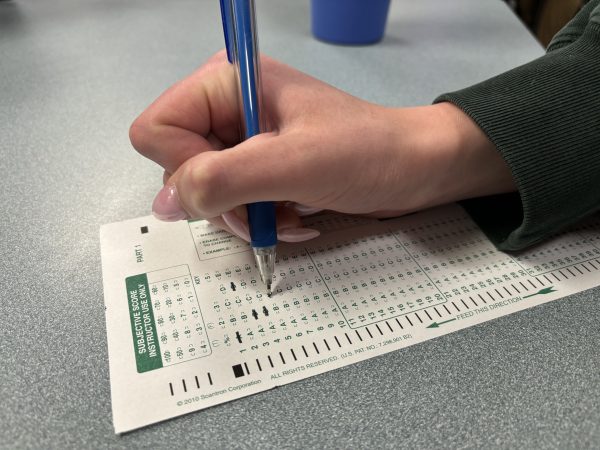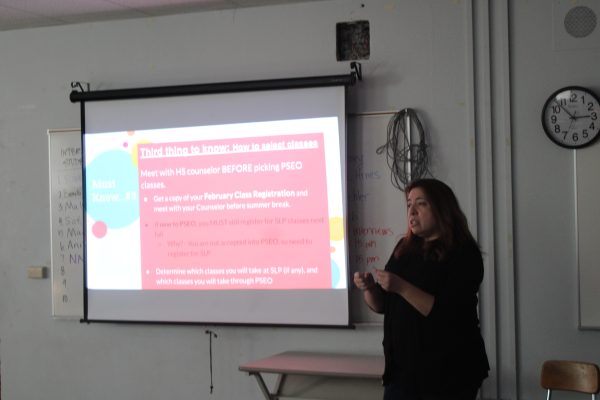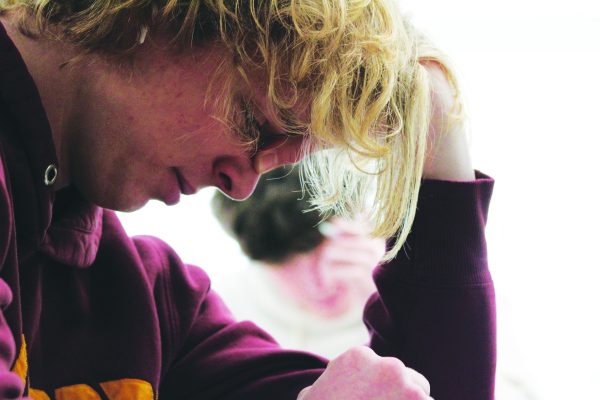Deliberating over COVID-19 vaccine
Hopes, worries grow as vaccine developments continue
December 13, 2020
As the pandemic continues to drag on, and lockdowns continue, the need for a vaccine has persisted. Multiple companies worked on producing one and distributing it to the public. One of the most notable ones being the vaccine developed by Pfizer and BioNTech. According to MD/Ph.D. student and member of the Microbiology, Immunology and Cancer Biology Program at the University of Minnesota Noah Gavil, the structure of the distribution of the vaccine is still not set.
“The people who will get the vaccine first are healthcare workers, individuals who are living in long-term care facilities and the elderly who are most at risk of severe disease,” Gavil said. Outside of that, it’s still an open and contentious question about ‘how will the rest of us get it?’ Presumably, there will probably be multiple vaccines that are approved by that time and will become available to the public.”
Junior Renee McSherry said the quick development of the vaccine has been impressive although she was let down by how dependent the country is on the vaccine.
“I’m really surprised at how fast they’re able to produce one, and it being said (it has) 95% effectiveness. I’m also stoked that we can finally get this outbreak under wraps especially in December,” McSherry said. “I am disappointed in the U.S. because we shouldn’t have had to depend on the vaccine so much; if we would’ve worn masks and social distanced, we wouldn’t be so desperate for a vaccine.”
According to senior Maddie Olson, although the vaccine is the right start, there are still too many unknowns.
“It’s a step in the right direction, but I’m very aware we have this vaccine that has only been developed for a small amount of time,” Olson said. “I need more than just a few months of development, especially for a virus that we don’t really know a lot about.”
It’s this new sort of confluence of opportunities and a long history of research that enables us to develop vaccines faster than ever.
— Noah Gavil
After starting his sophomore year in distance-learning, sophomore Andrew Yakes said with the vaccines, he hopes to be able to have a normal high school experience again.
“I will take it because I would like to have a normal rest of high school and hopefully other people feel the same way and will also take it,” Yakes said. “My hope is going back to our normal life. Maybe (the vaccine) will get added on every year, similar to how the flu shot is, and (COVID-19) won’t be able to spread as easily anymore.”
The COVID-19 vaccine’s fast development has been astounding compared to other vaccines in the past. According to Gavil, the timeframe of vaccines can’t be compared due to how different pathogens are, but in addition, new technological advances have permitted scientists to work faster than before.
“Each virus is a different challenge. Comparing to influenza, or HIV is not a fair comparison; the viruses are very different and require very different vaccine strategies. The Moderna vaccine and the Pfizer vaccine are using a type of technology that’s never been used before for vaccines. It’s technology development and advancement in biotechnology that hasn’t existed before,” Gavil said. “It’s this new sort of confluence of opportunities and a long history of research that enables us to develop vaccines faster than ever.”
According to McSherry, once the vaccines are being distributed, she plans on taking it because she has confidence in the experts that have worked on its production.
“If it gets approved, it’s going to be pretty safe and since I’m not going to get it first, I’ll be able to see what happens with it,” McSherry said. “I trust the scientists and what they’re doing. I trust the people who are approving it and they’ve done all the tests; they’ve done blood tests, they’ve done animal testing, so I trust the scientists.”
According to Olson, her main concerns are surrounding the timing of the vaccine in comparison to others.
“The main thing that concerns me is how they are able to develop a safe vaccine for a virus that we don’t have sufficient research on,” Olson said. “As well as the timeframe for the development of the vaccine since most vaccines take years to be developed, so a couple of months is concerning to me.”
According to Yakes, his worries revolving around the vaccine are very minimal and he hopes if there are any issues, they will be fixed by the developers.
“If it’s new, there might be some kind of infection that goes along, but hopefully they can figure out all the problems, or hopefully there’s no problems included with it,” Yakes said.
Gavil said one of the changes the vaccine will bring is how students and staff view health. Although the vaccine will bring adjustments to what the school looks like, it is very likely that it will go back to normal soon.
“It will be necessary that the kids and administrators in high school get vaccinated to allow everyone to go back to school safely and be in school safely. A lot of it will return to normal,” Gavil said. “The main difference is students and teachers will have a greater appreciation for public health measures and the importance of getting vaccinated. It’s not unreasonable to think that after the vaccines are distributed publicly, high school will look very similar to before.”



